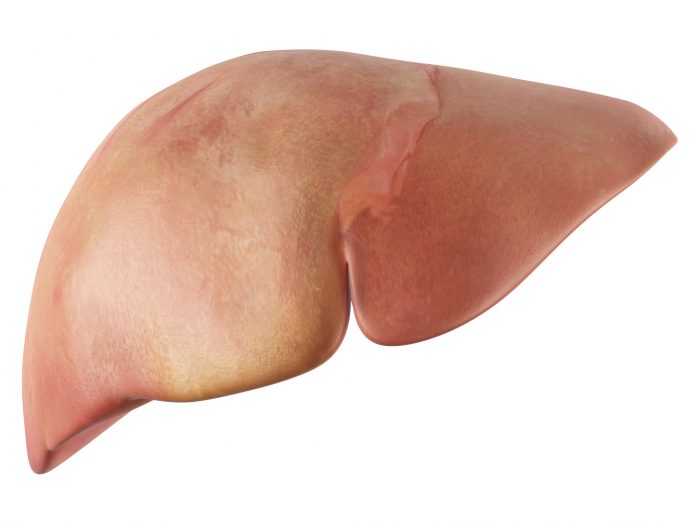
New findings from a study lead by researchers from the University of California, Los Angeles (UCLA) have described a pathway that protects the liver from injury during transplantation. The protein, called CEACAM1, helps protect the organ when blood supply is returned to the organ during transplantation reducing inflammation and tissue damage called ischemic reperfusion, also referred to as reoxygenation injury.
The investigators, reporting in Science Translational Medicine on Wednesday, have identified the root of the molecular factors that provide this protection and have shown how using molecular tool and alternative gene splicing can make CEACAM1 more protective and potentially improve post-transplant outcomes.
“Understanding the factors that lead to organ shortage remains the best option to expand the donor pool available for life-saving transplantation,” said Kenneth Dery, an associate project scientist in the UCLA Department of Surgery and the study’s lead author. “Peri-transplant events, such as ischemia-reperfusion injury activate the recipient’s immune responses and negatively affect outcomes.”
Prior to transplantation, a solid organ like the liver has no blood and lacks oxygen. In the study, investigators found that a mechanism which regulates oxygen consumption, called Hypoxia Factor 1 (HIF-1α), played a key role in the activation of a version of CEACAM1, called CEACAM1-S, which they showed limited cellular injury and improved cellular function in mouse models. The team also found that this relationship between CEACAM1-S and HIF-1 donor livers in humans predicts better liver transplant outcomes and better immune functioning.
The team identified an alternative splicing pathway, an adaptation in cells that boosts protein diversity in time so inflammation, stress, and injury as the pathway that protects the liver. In this case, as the cells sense low oxygen conditions, HIF-1α regulates the RNA splicing factor, Polypyrimidine tract-binding protein 1 (Ptbp1), that in turn directs the splicing of the CEACAM1 gene, leading to the protective CEACAM1-S version that reduces the liver injury that accompanies transplantation.
The team also used a molecule called DMOG in further animal studies to stabilize HIF-1α, in vivo, under normal oxygen conditions which boosted the protective activity of CEACAM1-S, providing a pathway for further therapeutic proof-of-concept studies.
“These results suggest that CEACAM1-S may be a potential marker of liver quality and that efforts to increase its expression may have therapeutic benefits for transplantation or acute liver injury,” the researchers noted.
Next steps for the team will be to test the perfusion of tissues from suboptimal livers that have been kept in extended cold storage in the presence of molecules called morpholinos that modify gene expression.
“Our hypothesis is that if we can identify all the alternative splicing changes that are occurring following ischemic stress, we can begin to really understand how to ‘rejuvenate’ donor organs, which play an important role in reducing organ shortages,” Dery said. “Forming the ‘beneficial’ version of CEACAM1-S prior to liver transplantation has the potential to act as a checkpoint regulator of oxygen-related stress and will see a reduction of liver ischemia-reperfusion injury.”













